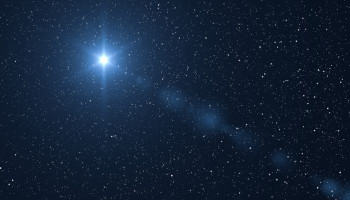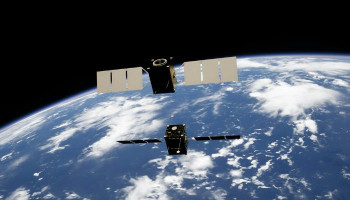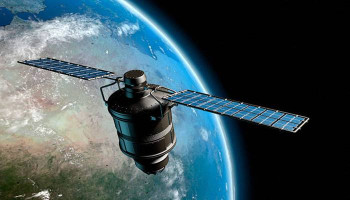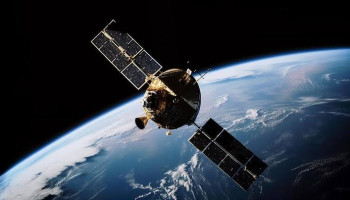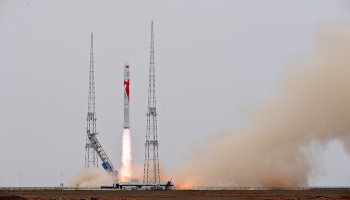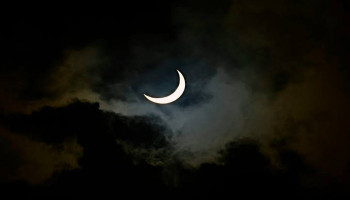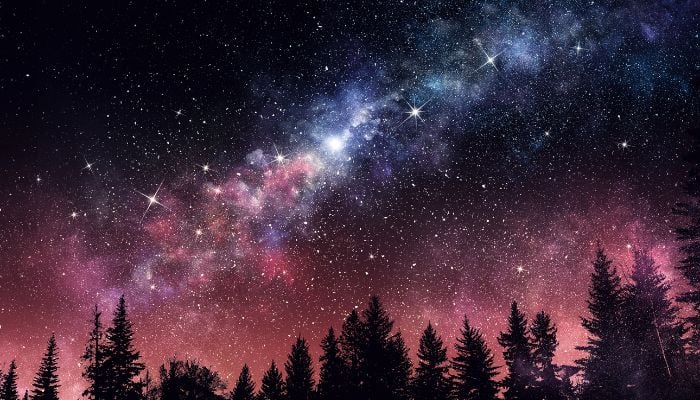
If you're an astronomy enthusiast, you will have an amazing view with the moon passing closely by the Pleiades star cluster in the early morning hours of August 16-17 and the planet Uranus quietly glowing a little further away.
On Friday, August 16, you’ll want to look towards the eastern horizon about one hour after midnight. The third quarter moon will have just passed its half-light phase (1:12am EDT = 0512 GMT).
You should see it about 5 degrees to the upper right of the Pleiades. To provide context, the Pleiades star cluster is often nicknamed the "Seven Sisters".
On the night of August 17, the moon will have moved back in alignment and will now sit roughly 5 degrees to the lower left of the Pleiades. (Hint: Your three middle fingers held at arm's length away cover about 5 degrees of the sky).
To the naked eye, the Pleiades would appear to be a faint, misty patch of light; however, the moonlight will hopefully not ruin your chances of seeing it. If you cannot see it, try using a method called averted vision, looking just to the side of the Pleiades so that it lies in your peripheral vision.
If you're a beginner, the use of a smartphone astronomy app will help you identify the Pleiades, Uranus, and any other celestial markers, but more than likely through 10x50 binoculars you will see the Pleiades and the bright seven stars and also the moon's famous craters, such as Kepler and Copernicus.
An 8-inch telescope offers even more: the Pleiades’ shimmering white-blue stars set in delicate dust clouds, plus Uranus appearing as a tiny aqua dot just under 5 degrees to the cluster’s lower right on Aug. 16.
Whether you’re a casual skywatcher or a dedicated astrophotographer, this weekend offers a rare chance to see the moon, Pleiades, and Uranus sharing the same patch of sky.










